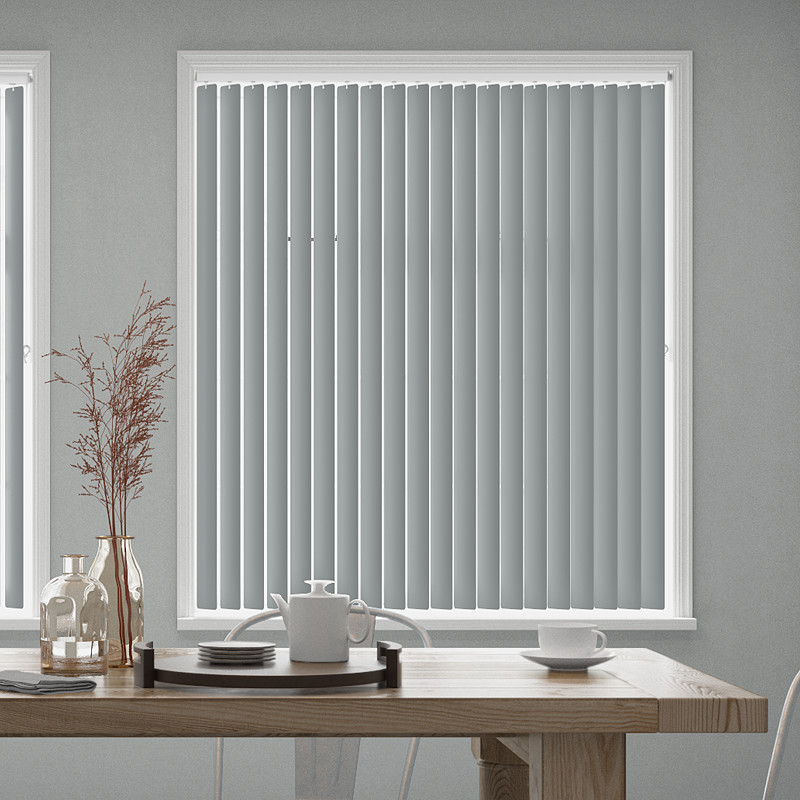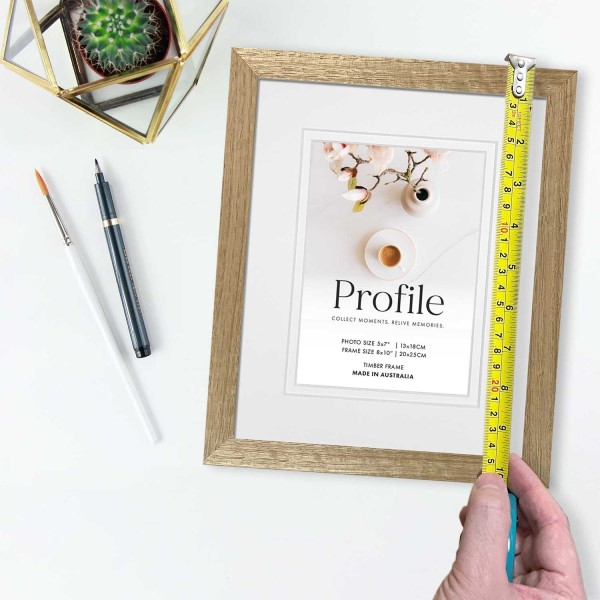Vertical blinds are a popular choice for windows due to their sleek appearance and versatility. They are especially effective for large windows and sliding glass doors, providing excellent light control and privacy. However, achieving a perfect fit requires careful consideration and precise installation. This comprehensive guide will walk you through the steps to ensure your vertical blinds are installed flawlessly.
Understanding Vertical Blinds
What Are Vertical Blinds?
Vertical blinds consist of vertical slats that hang from a headrail and can be adjusted to control light and privacy. The slats can be made from various materials, including vinyl, fabric, and wood, and they come in different colors and patterns. The headrail contains the mechanisms that allow the blinds to be opened, closed, or tilted. Vertical blinds are ideal for large windows and sliding doors, where traditional horizontal blinds might not be as effective.
Benefits of Vertical Blinds
Vertical blinds offer several advantages over other types of window coverings. Their design allows for easy light control, as the slats can be adjusted to let in varying amounts of light or completely block it out. They also provide good privacy when closed. Additionally, vertical blinds are relatively easy to clean, especially if they are made from materials like vinyl. Their ability to cover large areas makes them a practical choice for modern homes and offices.
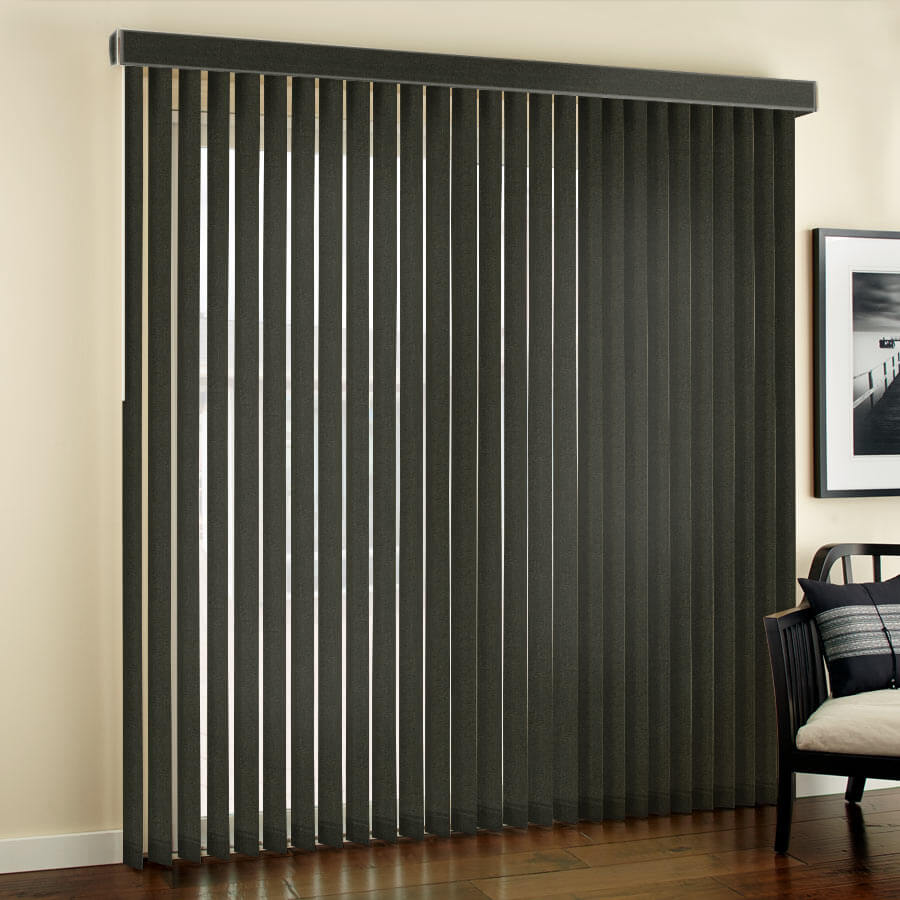
Measuring for Vertical Blinds
Accurate Measurement Techniques
Before you purchase your vertical blinds, it’s crucial to take precise measurements of your window. Measure the width and height of the window in multiple places to ensure you account for any irregularities. Use a metal tape measure for the most accurate results. For inside mount blinds, measure the width at the top, middle, and bottom of the window. For outside mount blinds, measure the width of the area you want to cover and add extra inches to ensure complete coverage.
Common Mistakes to Avoid
One common mistake is not accounting for obstructions such as window handles or molding, which can interfere with the blinds. Ensure you measure beyond these obstructions to avoid issues during installation. Another mistake is not measuring at different points for irregular windows, which can lead to blinds that do not fit properly. Always double-check your measurements and consider seeking professional advice if you are unsure.
Choosing the Right Vertical Blinds
Material Options
Vertical blinds come in a variety of materials, each offering different benefits. Vinyl blinds are durable and easy to clean, making them a popular choice for high-traffic areas. Fabric blinds offer a softer look and can help with insulation, but they may require more maintenance. Wood or faux wood blinds provide a classic, elegant appearance but can be heavier and more expensive. Consider the function of the room and your personal style preferences when choosing the material.
Color and Style Considerations
The color and style of your vertical blinds should complement your room’s decor. Neutral colors such as white, beige, or gray can blend seamlessly with various interior designs, while bolder colors can make a statement. Patterns and textures can add visual interest and coordinate with other elements in the room. When selecting blinds, think about how they will enhance the overall aesthetic of your space.
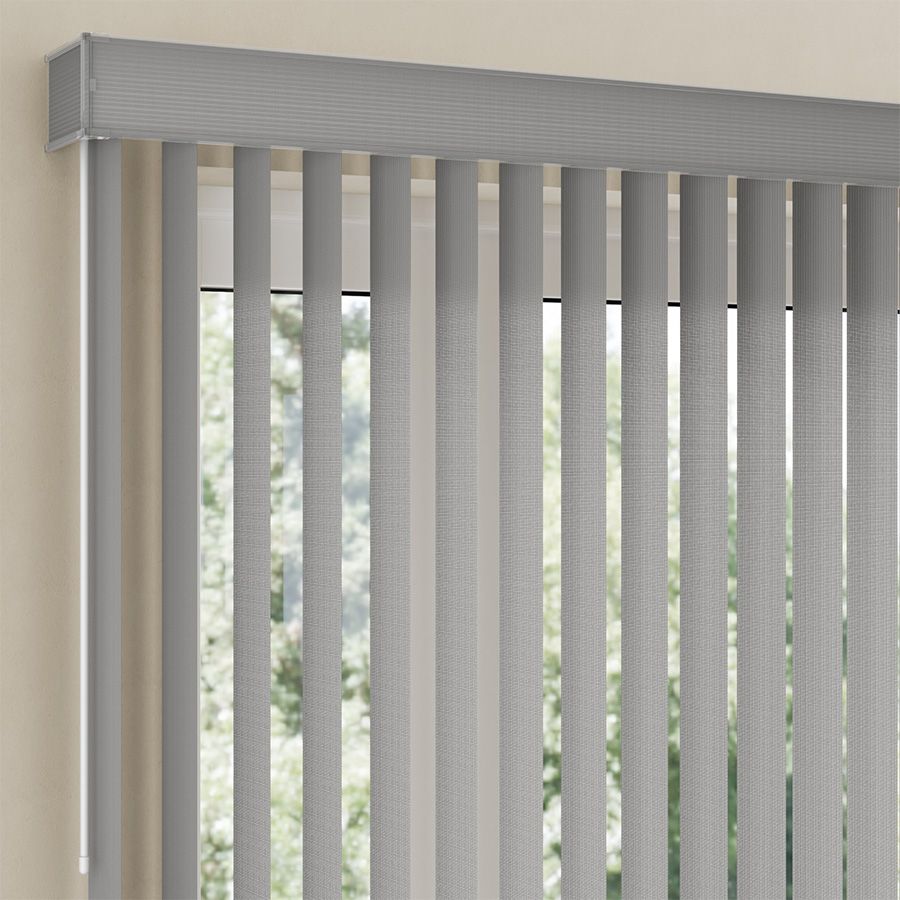
Preparing for Installation
Gathering Necessary Tools and Materials
Before you start installing your vertical blinds, gather all the necessary tools and materials. You will need a drill, screws, a screwdriver, a level, a measuring tape, and a pencil. It’s also helpful to have a ladder if you are installing the blinds at a height. Ensure you have the mounting brackets and hardware that came with your blinds, as well as any additional tools specified in the manufacturer’s instructions.
Removing Existing Window Treatments
If you are replacing existing window treatments, remove them carefully before you begin installing the vertical blinds. This may involve removing screws or brackets and taking down old blinds or curtains. Make sure the window frame is clean and free of any residue or debris that could interfere with the installation of the new blinds.
Installing the Headrail
Inside Mount Installation
For an inside mount installation, position the headrail inside the window frame. Use a level to ensure it is straight and mark the screw locations on the frame. Drill pilot holes and then secure the headrail with screws. Check that the headrail is firmly attached and that it moves freely. Once the headrail is in place, you can proceed with attaching the vertical slats.
Outside Mount Installation
For an outside mount installation, position the headrail above the window frame, extending beyond the edges of the window to provide complete coverage. Use a level to ensure the headrail is straight and mark the screw locations on the wall or molding. Drill pilot holes and secure the headrail with screws. Make sure the headrail is sturdy and properly aligned before installing the vertical slats.
Attaching the Vertical Slats
Slat Installation
Once the headrail is securely in place, you can begin attaching the vertical slats. Each slat typically has a clip or hook that attaches to the headrail. Follow the manufacturer’s instructions to attach each slat, ensuring that they are evenly spaced and hang straight. Adjust the slats as needed to ensure they align correctly and operate smoothly.
Adjusting for Evenness
After attaching all the slats, check to make sure they hang evenly. You may need to adjust the height of individual slats or make slight modifications to ensure they are all the same length. Use a level to verify that the blinds are hanging straight and make any necessary adjustments. This step is crucial for achieving a polished and professional look.
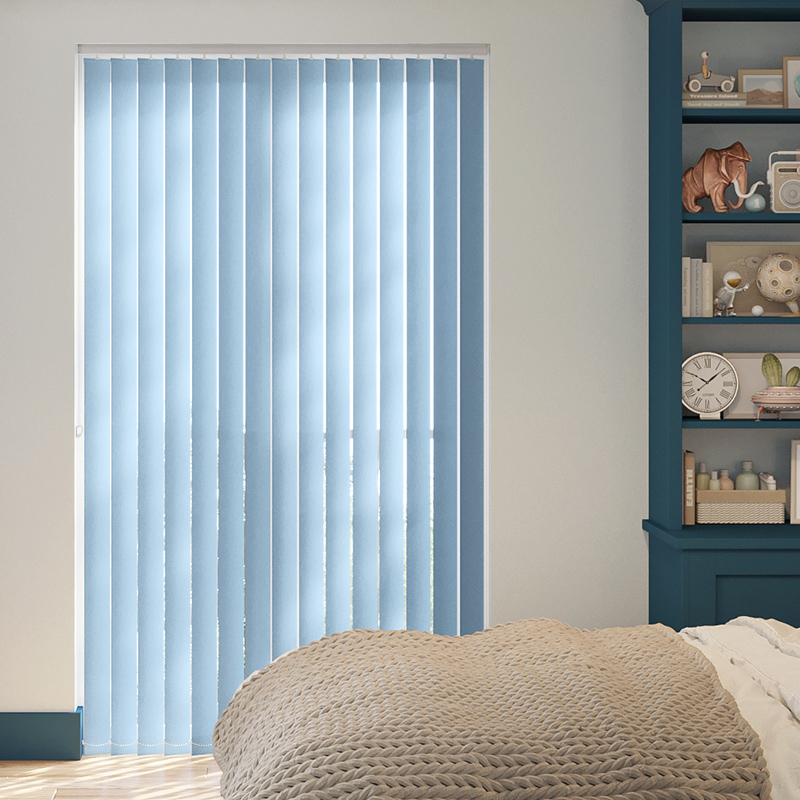
Troubleshooting Common Issues
Slats Not Aligning Properly
If you notice that the slats are not aligning properly, check for any obstructions or misaligned clips in the headrail. Ensure that the slats are installed correctly and that there are no twists or bends. Sometimes, adjusting the spacing or reattaching the slats can resolve alignment issues. If problems persist, consult the manufacturer’s troubleshooting guide for further assistance.
Difficulty in Operation
If the blinds are difficult to open, close, or tilt, it may be due to an issue with the headrail or the slats. Check that the mechanisms in the headrail are functioning properly and that there are no obstructions or blockages. Ensure that the slats are correctly attached and that they move freely. Lubricating the tracks or adjusting the tension may also help improve operation.
Maintaining Your Vertical Blinds
Cleaning Tips
Regular cleaning will help maintain the appearance and functionality of your vertical blinds. For vinyl or fabric blinds, use a vacuum with a brush attachment to remove dust and debris. For deeper cleaning, wipe the slats with a damp cloth and a mild detergent. Wooden or faux wood blinds may require special cleaning products and techniques, so refer to the manufacturer’s care instructions.
Preventive Maintenance
To prolong the life of your vertical blinds, perform regular maintenance checks. Inspect the headrail and slats for any signs of wear or damage and make repairs as needed. Avoid using excessive force when operating the blinds, as this can cause damage to the mechanisms. Proper handling and care will help ensure that your vertical blinds remain in good condition for years to come.
Conclusion
Installing vertical blinds can be a straightforward process if you follow the right steps and pay attention to detail. From measuring accurately to selecting the right materials and ensuring a perfect fit, each stage of the installation contributes to the overall success of the project. By following these tips and tricks, you can achieve a flawless installation and enjoy the benefits of stylish and functional vertical blinds in your home. Whether you are a DIY enthusiast or seeking professional help, these guidelines will assist you in creating a polished and functional window treatment.





